What is a tracker and how do you choose the right one?

Keytrade Bank
keytradebank.be
September 25, 2023
(updated October 20, 2025)
2 minutes to read
What is a tracker?
A tracker (also referred to as an index fund) on the stock exchange is a fund that invests money in companies included in a specific index on your behalf. It automatically tracks the performance of the stock market index, which is a basket of shares, bonds, currencies and commodities. In other words, if the index in question rises by 1%, the tracker will also increase by 1%.
A tracker combines certain properties of shares with those of traditional investment funds. Like shares, trackers are listed on a stock exchange, so you can buy and sell them in real time. Just like an investment fund (which is not listed on a stock exchange), you can use a tracker to instantly diversify your investments. For example, if you buy a STOXX Europe 600 tracker, you indirectly invest in all 600 constituents of that index without having to buy shares in 600 individual companies separately.
What trackers are out there and what are the differences between them?
When we talk about trackers, we usually mean exchange-traded funds or ETFs. However, there are other types of trackers as well. Although this is quite a technical subject matter, it is useful to know the differences between tracker types so you can always make an informed decision. Let's take a look at an overview of the various tracker types.
Exchange-traded funds or ETF tracker
When you invest in an ETF, you invest in a product that owns the assets it is tracking. These assets may consist of shares, bonds, precious metals, commodities or futures. The ETF may also not own the assets but replicate them by buying derivatives (such as swaps and options). The first method (physical replication) is much more transparent than the second method (synthetic replication).
Exchange-traded note or ETN tracker
An exchange-traded note is more like a bond: it is a debt instrument issued by a financial institution. Like a bond, you can hold an ETN until maturity or sell it sooner. When you buy an ETN tracker, the issuer promises the return will be linked to the underlying instrument. This means you are guaranteed to keep your deposited amount.
An ETN can be linked to almost anything. There are ETNs that track commodities, but they are often linked to products and areas of the stock market that are difficult to access for private individuals. ETNs sometimes combine share and bond positions or use strategies that are difficult to package in a traditional ETF.
Exchange-traded commodity or ETC tracker
An exchange-traded commodity is a tracker that offers investors access to commodities such as metals, cotton, livestock, natural gas and even CO2 rights. An ETC tracker can track individual commodities or a mixed basket of commodities. This tracker is a potential alternative for those who wish to invest in commodities on the futures market.
Exchange-traded product or ETP
An exchange-traded product or ETP is not a tracker in itself, but rather a collective name for all types of trackers that exist. ETFs, ETNs and ETCs are therefore all ETPs.
Which tracker should you choose? A step-by-step plan
What exactly do you want to track?
The days when all you could invest in were traditional share indices are long gone. Today, there are products that track all kinds of assets, regions, sectors and themes.
The first step is to find out exactly what you want to invest in. Do not rely blindly on the name of the tracker. Instead, look at what actually happens behind the scenes. This information can be found in the Key Investor Information Document (KID). This includes information on whether the tracker actually buys the underlying assets or imitates them with derivatives.
It is also best to verify the composition of the underlying positions, which can usually be found on the provider's website. Two trackers that follow 'global banks', for example, may both be invested in very different holdings and/or with different weightings. One tracker might track a basket of traditional high-street banks, while the other also tracks fintechs, insurance companies and asset managers.
These days, (almost) anything is possible. However, before you shop around, it is a good idea to set out a strategy for your investments.
2. Reinvestment or distribution?
Like investment funds, trackers sometimes have a distribution and reinvestment variant. Any dividends and/or coupons that are paid out are reinvested if you choose reinvestment. Dividends and/or coupons are paid out if you choose distribution.
To find out more about the differences between reinvestment and distribution, read this blog.
3. What is the cost price?
Unlike actively managed investment funds, a tracker does not have a full investment and analyst team behind the scenes (though sometimes there will be a manager). As a rule, a tracker is a passive investment vehicle: it seeks to imitate an index – nothing more, nothing less. This is why trackers are generally significantly cheaper than fully actively managed investment funds.
This doesn't mean that all the providers (Amundi, Barclays, iShares, DB-X trackers, Invesco, etc.) have exactly the same operating costs. And those costs can have an impact on your return over the long run. You can easily compare the costs between the different providers on websites such as etf.com and Morningstar.be.
4. Take into account the tracking error
The tracking error is the difference between the performance of the tracker and of the index itself. Although trackers are (generally) passively managed, this doesn't mean they are run solely by algorithms. Sometimes there is still a manager in the background who can reduce the tracking error, for example by lending shares to investors who want to short a share, and collect a fee.
This means that if you pay 0.5% in running costs and the ETF has a tracking error of 0.4%, you are 0.9% down. The smaller the tracking error, the better. To find out the extent of the tracking error, you can consult the Key Investor Information Document (KIID). You can also compare the tracking errors of different ETFs on the aforementioned websites.
5. Trading volume and liquidity
The trading volume is an excellent indicator of liquidity. Generally, the higher a tracker's trading volume, the more liquid it tends to be and the smaller the gap is between the ask and offer prices. If you have a choice between trackers with similar characteristics, the one with the most liquidity is usually the preferred option.
Getting started with trackers
Although trackers themselves are passive investment vehicles, selecting and managing them is something you need to do actively. At Keytrade Bank, you can choose from around [600] trackers. If you prefer to leave the selection and management to a team of professionals, KEYPRIVATE allows you to invest in a personalised portfolio of trackers that is actively managed by our experts.
Other articles that might interest you

Is it time to say goodbye to bonds?

Capital gains tax: how will it affect your portfolio?

Monthly video 2025
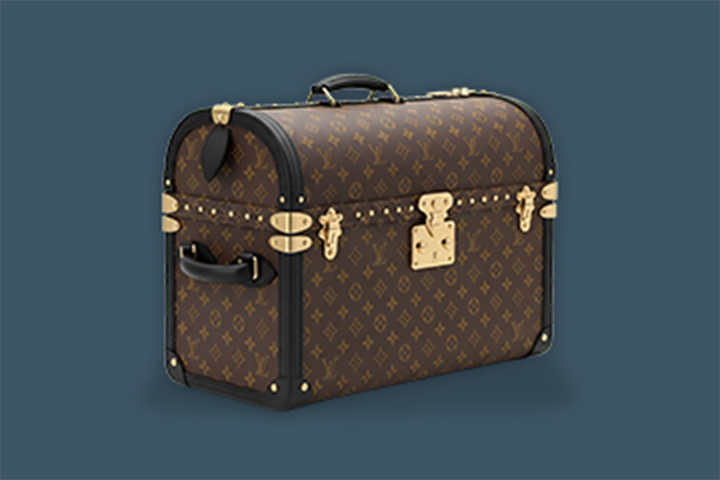
Are luxury stocks worth investing in?

Will AI replace human investment advisers?

How can I invest or save better for my child?
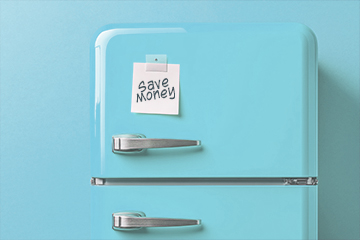
What is better, adding to your savings every month or as the mood strikes?

What is interest and what does it have to do with your savings account?

Buying or renting after you turn 50: which option is best for your future plans?

Why a child deserves pocket money

Is a buy-to-let property a smart investment?

How much can you borrow for a home?

Borrowing for a second home: what are your options?

Property shares: ripe for a comeback?
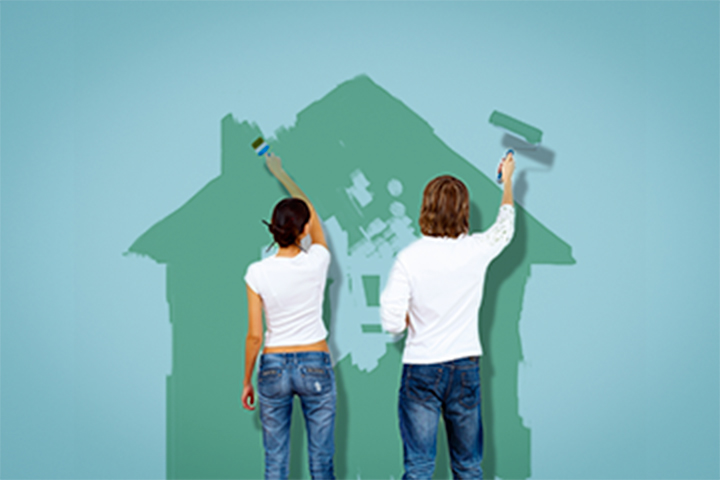
Investing in your partner’s home? Don’t make these mistakes!

14 surprising savings ideas

Ever heard of the Zweig Breadth Thrust?

Humanoid robots: hype or golden opportunity for investors?

Defensive shares as a buffer?

Lending money to family or friends: do you have carte blanche?

Monthly video 2024
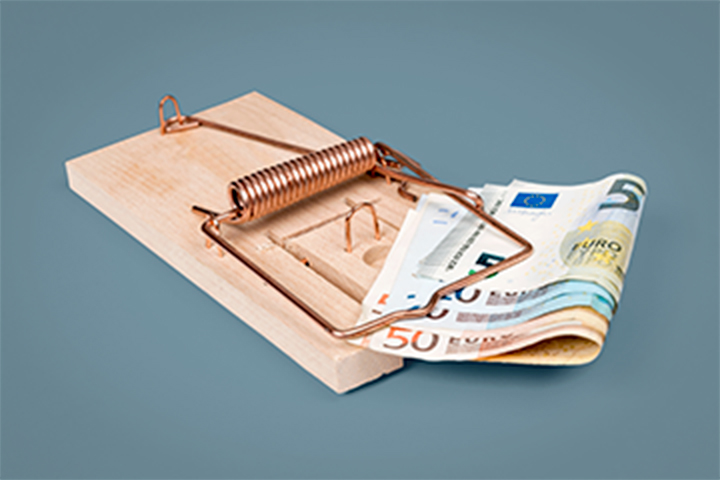
What you need to know before you start dividend investing

40 years of pension savings: what will you spend it on (literally)?

From FOMO to ZERO bank account? 5x pension savings to the rescue

Start growing your pension sooner rather than later

Pension savings returns: these choices give the maximum payout
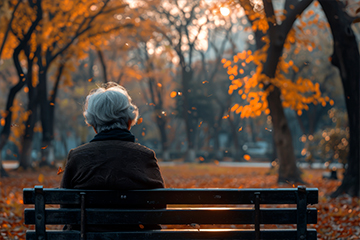
Why pension planning is even more important for women

United States 1, Everyone Else 0

Lump-sum investing vs cost averaging: which offers the highest return?

What type of investor are you? Take the quiz
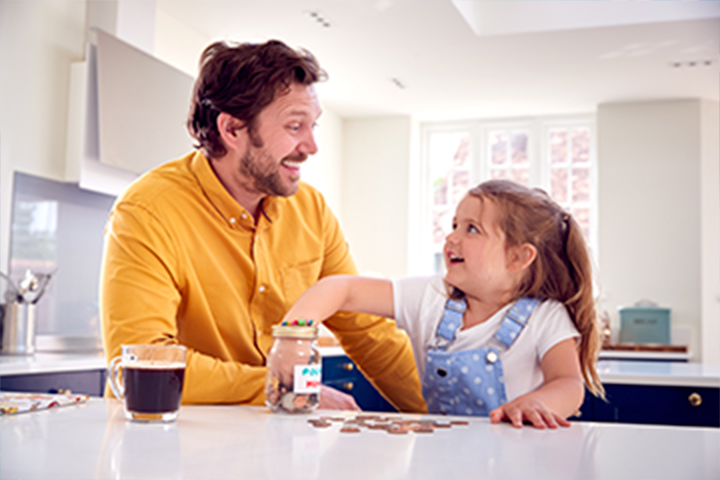
How can you teach your child to save? 12 tips

A potential worldwide trade war is claiming European victims
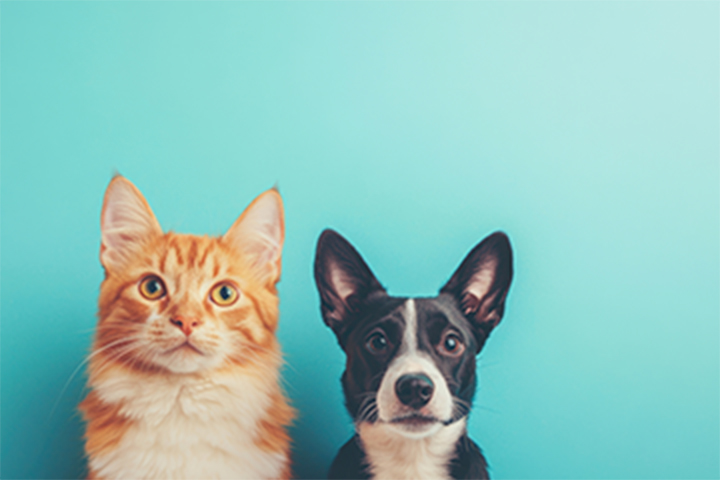
Ever thought of investing in the pet industry?

Have long-term interest rates once again started a 40-year uptrend?

Graph of the Week: Magnificent 7 vs 2000s Tech Bubble

5 mistakes investors make in volatile markets

Government bonds, savings accounts, or term accounts: which should you choose?

House flipping: is it worthwhile?
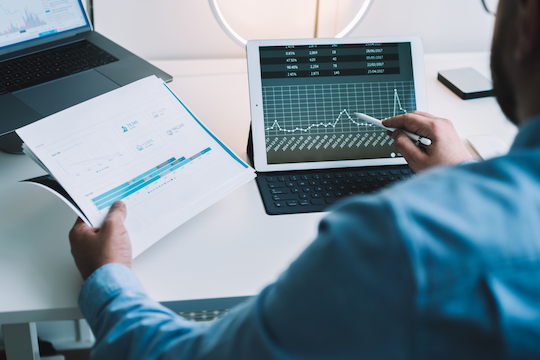
Investing in dividend shares: what to look for?

Why high dividend yields can be a poisoned chalice

3 ways to invest when you don't have much time.
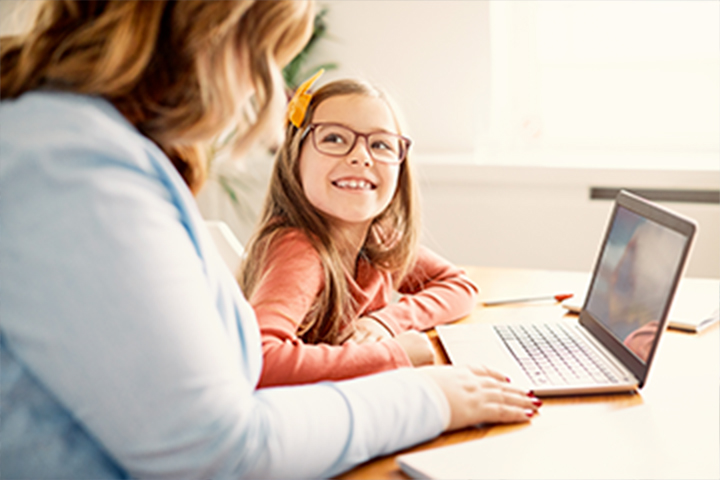
How do you select an investment fund for your child?
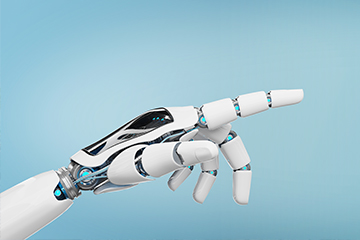
Robotics: From science fiction to science

Coronablog by Geert Van Herck: Market Observations

Is it the right time to invest in bonds?

Have you ever thought about investing for your children?

How can you invest in space travel?

Invest yourself or have someone do it for you: do you have to choose?
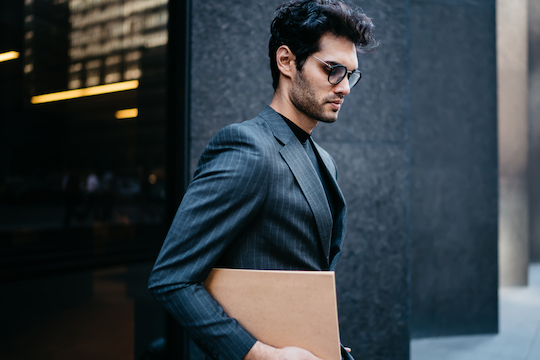
What do you have to tell the tax man about your money and investments?

Monthly video 2023

Five myths about sustainable investing

How can you invest in an ageing population?

6 reasons why installing solar panels is still worthwhile in 2024

How do elections affect the stock market?

Golden days? Why to invest in gold (or not)
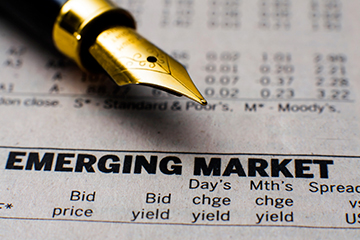
Investing in emerging markets: are investment funds a smarter buy than trackers?

Watch out, danger's about

How to invest in the energy transition?

Is India the new China?
Which sectors should remain overweight following the latest rate hike?

8 timeless rules for investors

Saving for the sake of saving? Or with a goal in mind?

How do you prepare financially for a longer life?

Investors, keep your emotions in check!

How natural disasters affect the economy and the markets

Make an impact with your Keyprivate
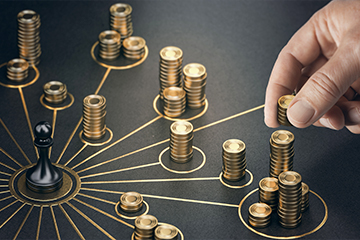
How much diversification is enough for your portfolio?
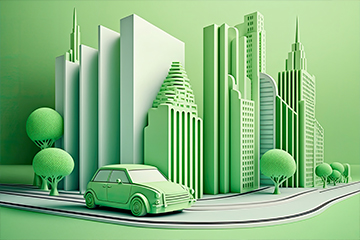
Which investment opportunities are available on the road to smart mobility?

A vitamin shot for your investments

Does water earn a place in your portfolio?

Bonds to rise in 2023?

Monthly video 2022

A recession and yet the markets are going up?!

There's something new in the air in the investment world!

Is tighter monetary policy acting as a brake on the stock market upturn?

Getting nervous about the stock market? Take a look at the 200-day moving average

With or without the coronavirus: why green investing remains just as relevant as before

Impact investing: sustainable investments with that little bit more

Sustainable investing: what, why and how?

How can you make an investment portfolio inflation-resistant?

CARD STOP has a new number! 078 170 170

Monthly video 2021
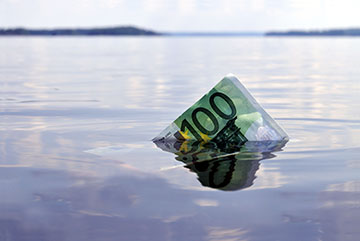
Five tips for keeping a cool head when the stock market becomes turbulent
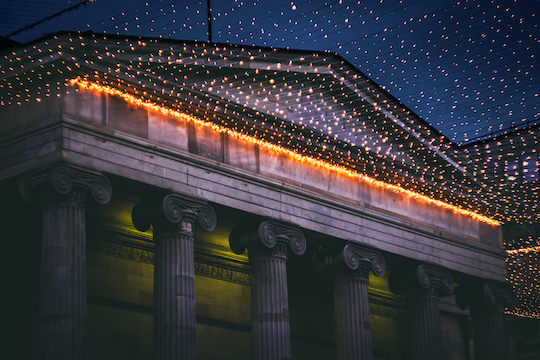
How do I choose the right shares?

Short selling: what is it and how does it work?
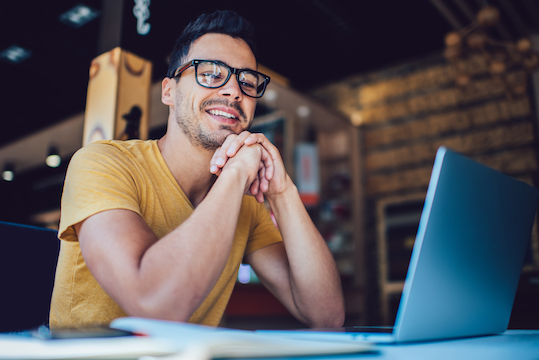
10 things you can do within a day to improve your financial health

How to protect your capital in the event of a divorce

Timing is everything: how to choose the right time to enter the stock exchange?

La technologie préserve les investisseurs contre l'utopie

Why (not) invest in micro-caps?

Rising debt: is it a problem?

Funds and trackers: do you opt for capitalisation or distribution?

Can I invest even if I do not have a large sum of money available?

What do I do to balance my investments?

CARD STOP has a new number! 078 170 170

Always have a megatrend in your portfolio

The lazy marathon investor

Are we heading into a year-end rally by the stock markets?

Coronablog de Geert Van Herck: La panique atteint des sommets… énième épisode

Coronavirus blog by Geert Van Herck: S&P 500 indicates a positive trend

What retirement pension will you get later?

How can we cope with financial stress?

US stock market dominance not coming to an end yet!

Going for gold? Gold is apparently going for it.

Are you a contrarian investor?


























































































